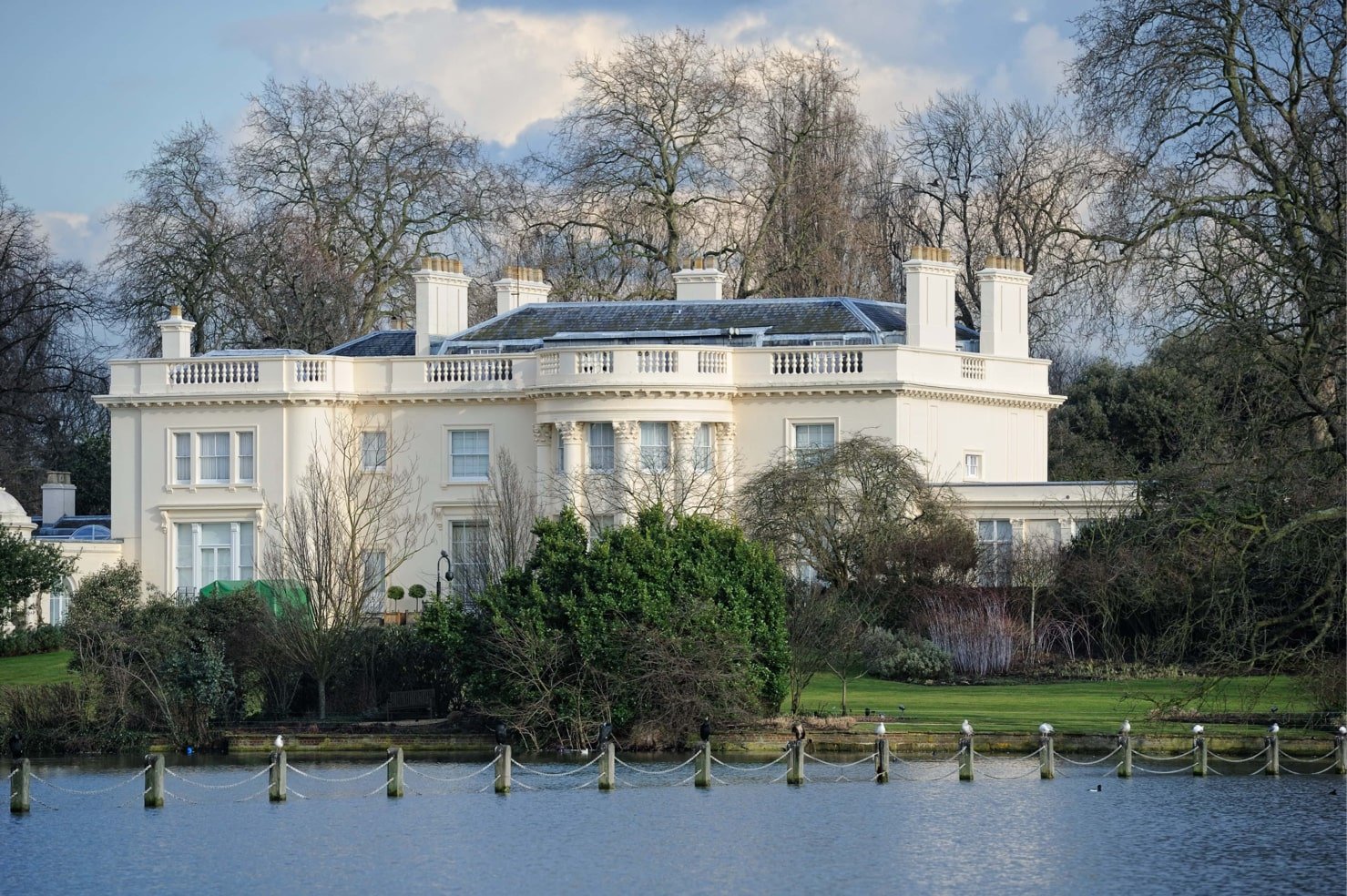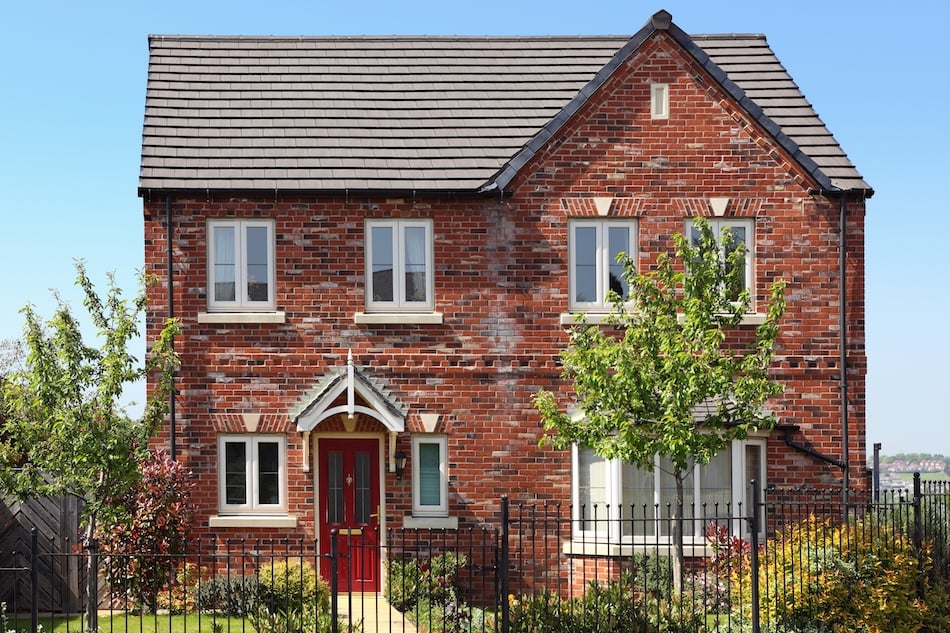The Holme Regents Park
London currently boasts the most expensive property in the world for sale – The Holme in Regent’s Park. The 40-bedroom property, which faces Regent’s Park boating lake, is expected to be sold for around £250 million, setting the record for the most expensive property sold in London, making The Holme one of the most unique and prestigious houses in London.
While some of London’s best properties line exclusive Regent’s Park, very few properties are inside it. The US Ambassador’s residence, Winfield House, is another such residence, as are Nuffield House and St John’s Lodge, both owned by royal families.
Why Do The Ultra-Wealthy Use Mortgages?
Financing a property this significant usually makes sense from a financial management perspective. No matter how wealthy or liquid you are, creating £250 million in cash and injecting it into a single asset is rarely the best action. High-net-worth individuals don’t have this kind of cash sitting around – it needs to be created by selling luxury assets, businesses, securities and other interests. However, disposing of these will see owners potentially miss out on future appreciation of the assets, as well as potentially creating fiscal implications like triggering capital gains tax and so on.
Financing a high-value property can also be advantageous from a fiscal perspective and from a cash management or optimisation outlook.
How Would Financing Work?
Mere billionaire status probably won’t be enough to purchase The Holme, given the property’s quarter-of-a-billion-pound price tag. To buy a property worth that much, any buyer will need to have wealth and assets that exceed the cost of the property several times, and this will need to be stable rather than linked to assets that fluctuate considerably in price.
Get in the Know
Subscribe to our newsletter
Regent’s Park is a Royal Park, which means the land The Holme sits on belongs to the Crown Estate. The property will likely be leasehold rather than freehold, and the lease length may affect the purchase price. Ultimately, and as is usual in these cases, the property will likely be purchased by a holding company that will own the leasehold of the property, and that will ultimately be held by the new owners, who will possibly need to provide personal guarantees as part of the terms of the deal.
The Holme isn’t on the open market, and its exact asking price is unknown. Excitement over properties like The Holme hitting the market can inflate the projected purchase price. So, while the property is reportedly on the market for £250 million, it might sell for less than this – or potentially more – although properties tend to be ‘priced up’ when they hit the market and then adjust down to meet buyer expectations and appetite.
While financing is available for purchases of this magnitude, a buyer will likely need to put forward around 50% of the property’s value in cash. The remaining 50% (£125 million) could be financed with a mortgage – probably from a private bank. Most banks would require assets under management to access a mortgage of this amount, perhaps at least 15% of the loan, but requirements of 20% assets under management is more likely, so around £25 million to access a loan this size.
Fees would probably run to around 1% of the mortgage (although some banks would offer less), and rates would start – in the current market – at approximately 1.6%, plus the base rate. However, again, some lenders could be more competitive, depending on the calibre and net worth of the buyer.
All this means that the new owners will almost certainly need to be billionaires several times over. The pool of buyers is likely to be global but relatively small: industry tycoons, families with legacy wealth and royals.
Could Bridging Finance Be An Option?
A buyer might also want to explore a bridging loan to purchase the property. While bridging loans are a niche part of the market, more and more lenders can explore substantial loans of this size. The new owner might then go on to refinance with a conventional loan or exit via a liquidity event. A bridging loan would allow the buyer to complete the transaction much faster than with such a large mortgage and would provide significantly more confidentiality, which may be important for a buyer. A bridging lender could probably provide 55/60% gross funding at a rate of about 1% per calendar month, plus fees.
This guide is for information and illustrative purposes only and nothing contain within should be construed as advice or a recommendation.
Financing options available to you will depend on your requirements and circumstances at the time. Any changes in your circumstances, any known likely changes, or omissions in the information you provide can affect the suitability of the options available to you. These should be communicated to us as early as possible.
If you are considering securing debts against your main home, such as for debt consolidation purposes, please think carefully about this and consider all other options available to you.
Your home may be repossessed if you do not keep us repayments on your mortgage or other debts secured on it.
The views and opinions expressed in this piece are those of the author, and do not constitute advise or a recommendation, do not necessarily reflect the official policy or position of Enness, and are not intended to indicate any market or industry viewpoints, or those of other industry professionals
Rates are estimations and the actual rate available will depend on your circumstances and are subject to lender variation at any time, without notice.





